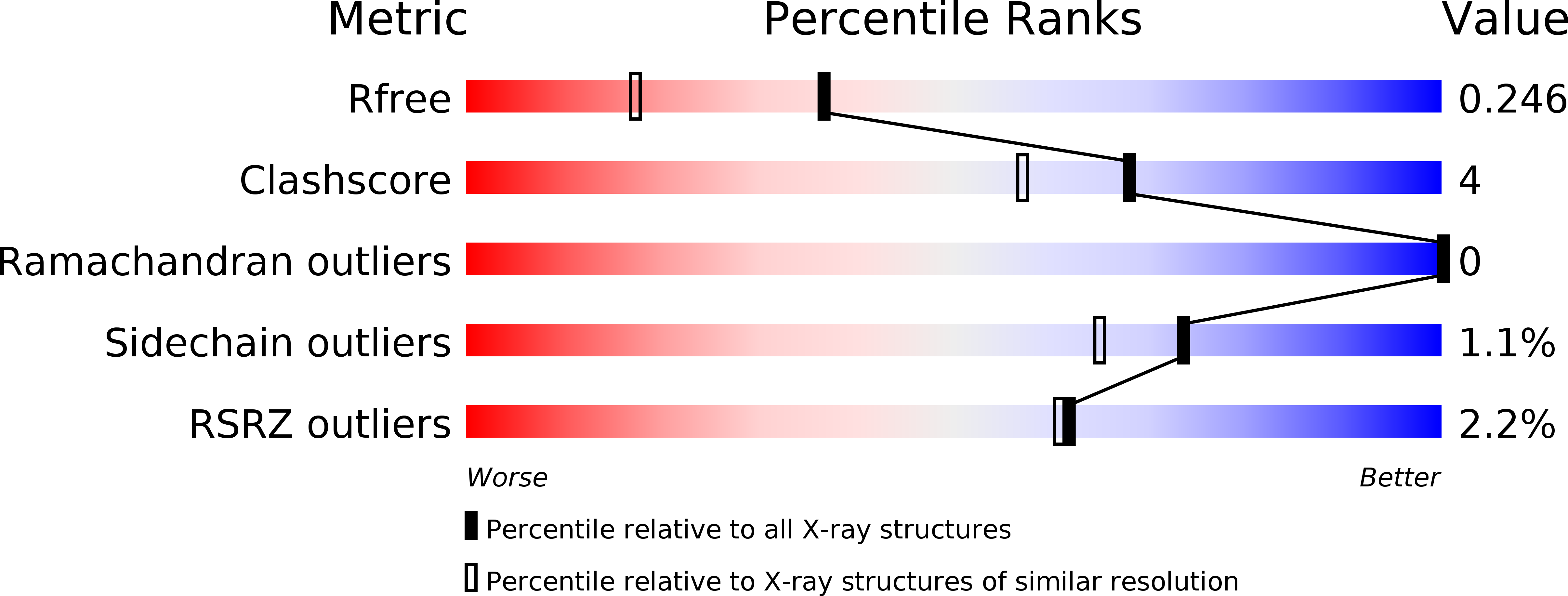
Deposition Date
2012-08-07
Release Date
2013-06-05
Last Version Date
2024-02-28
Entry Detail
PDB ID:
4GH8
Keywords:
Title:
Crystal structure of a 'humanized' E. coli dihydrofolate reductase
Biological Source:
Source Organism:
Escherichia coli (Taxon ID: 83333)
Host Organism:
Method Details:
Experimental Method:
Resolution:
1.85 Å
R-Value Free:
0.24
R-Value Work:
0.20
R-Value Observed:
0.20
Space Group:
P 1 21 1


